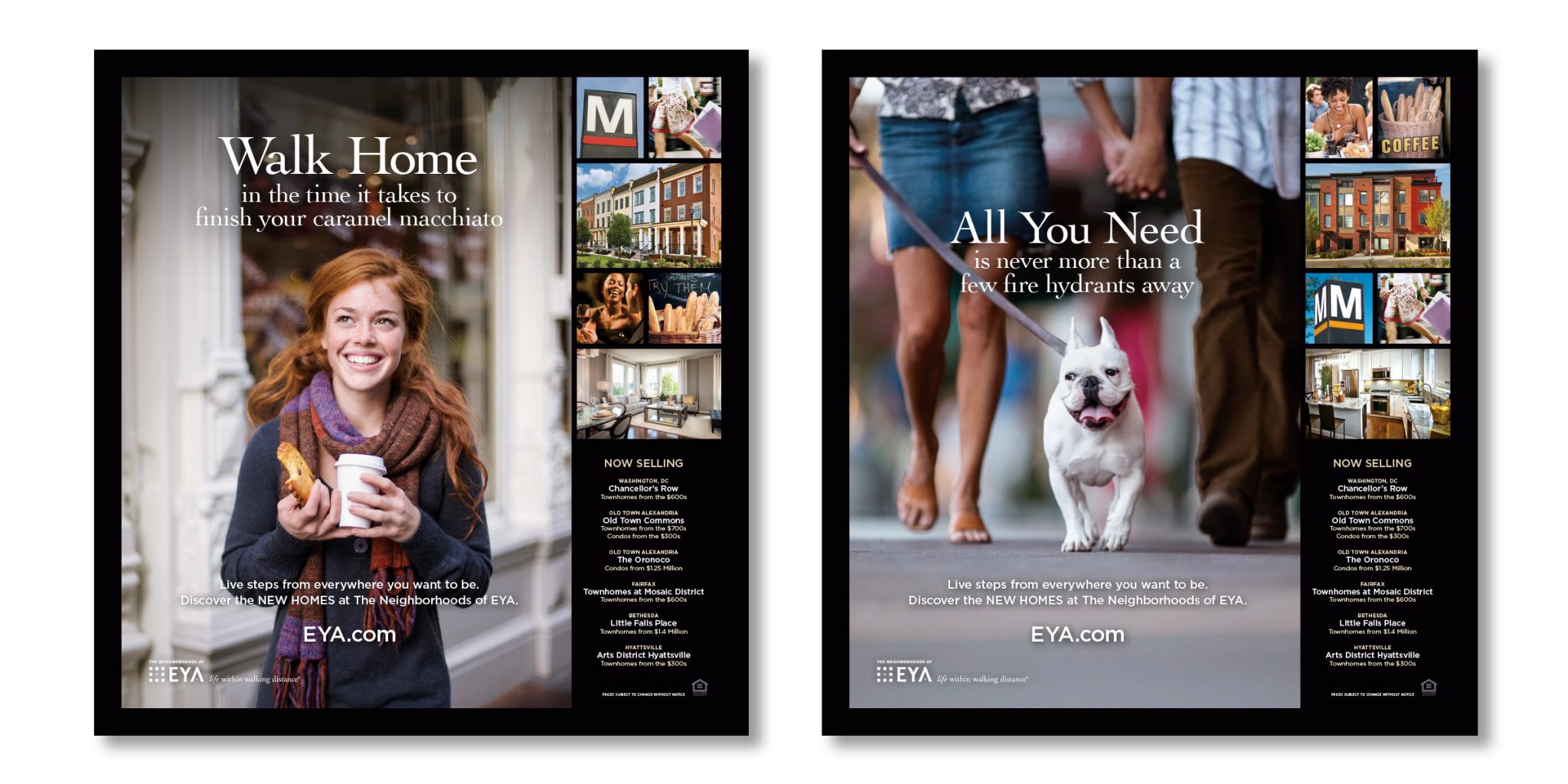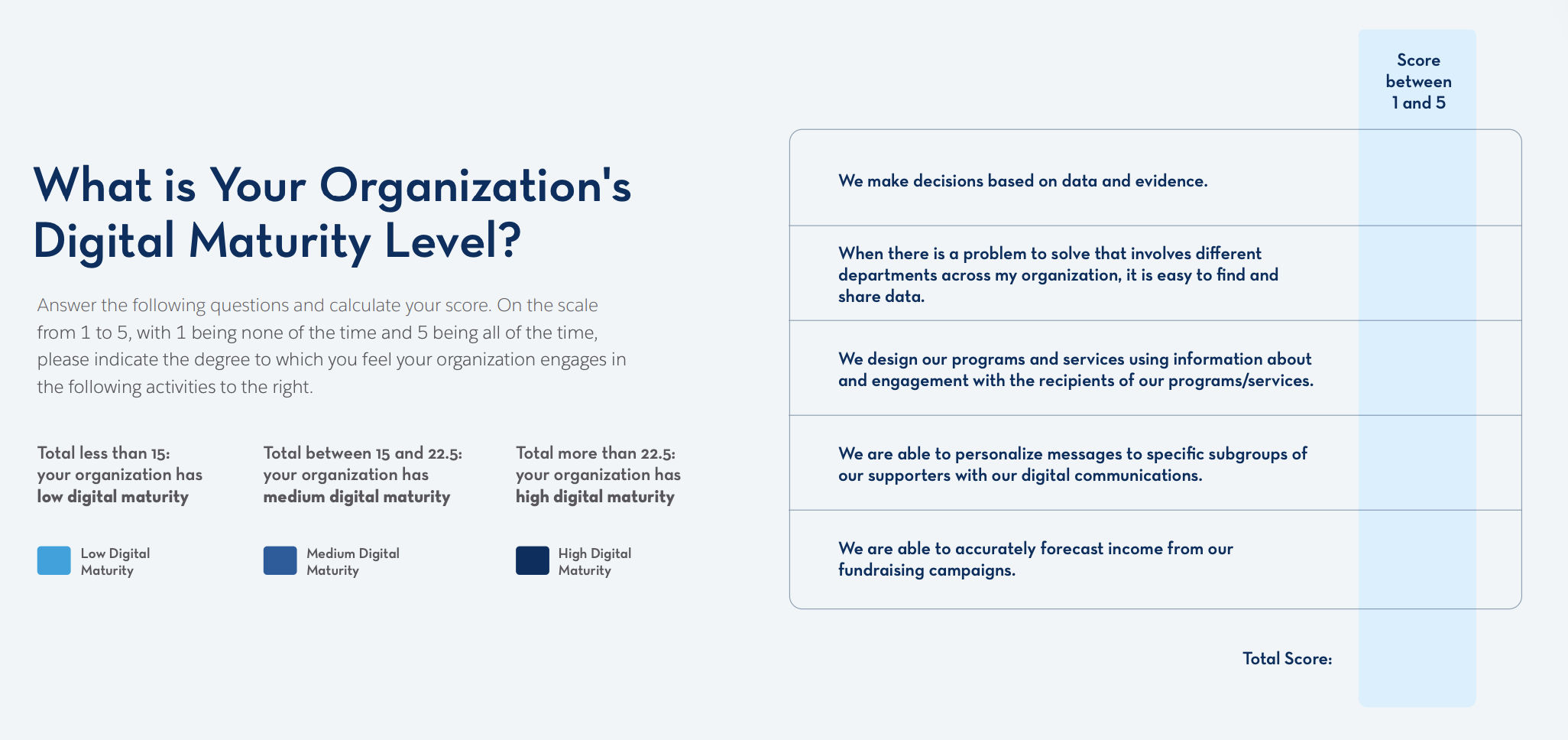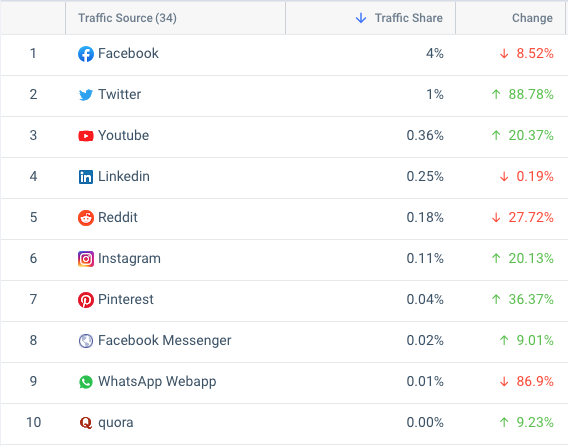This week provided a unique blend of insights and revelations as I had the privilege of attending two enlightening healthcare and technology events in Philadelphia: the PACT Foundation Breakfast surrounding “Women in Motion: Dynamic Changemakers in Healthcare and Tech” and Bisnow’s Healthcare Summit. The experience offered a profound exploration into the dynamic landscape of these intersecting fields, underscoring the constant evolution that characterizes the healthcare industry in our ever-changing world. Amidst the discussions and takeaways on healthcare trends, a particularly surprising revelation emerged during one of the panels: a strong emphasis on the critical importance of establishing a clear brand identity.
As we delve into the dynamic realm of healthcare, let’s unpack the insights gleaned from these events and explore the significance of cultivating a distinct brand to navigate complex industry trends.
Trends: What is shaping tomorrow’s wellness landscape?
A significant trend taking center stage is the rise of non-traditional healthcare methods, notably retail-based clinics. Retail giants like CVS Health and Walmart are making significant strides in the healthcare sector with the introduction of walk-in clinics such as CVS MinuteClinic and Walmart Health. These clinics offer accessible and cost-effective healthcare services for routine medical needs. Between 2020 and 2021, the utilization of these services saw a staggering 51% increase, with projections indicating that 30% of primary care will be delivered in non-traditional settings by 2030. These clinics are reshaping the healthcare landscape, offering convenience and accessibility that aligns with the demands of modern-day patients. The shift towards retail-based healthcare reflects a broader trend of seeking innovative solutions outside the traditional healthcare settings. For example, Grafik recently partnered with Patina, a virtual-first care provider exclusively for the 65+ community, that focuses on personalized, coordinated care with digital appointments.
A significant development is the increasing focus on transparent medical costs, driven by patients taking a more proactive role in managing their healthcare. This surge in demand for clarity regarding the financial aspects of medical services is reshaping both the patient experience and the business models of healthcare providers. Concurrently, the evolving needs of the public are fostering a demand for healthcare that is not only accessible but also personalized. This trend highlights the industry’s acknowledgment of the diverse requirements of individuals, emphasizing the crucial role of tailoring healthcare services to meet specific needs.
As technology continues to advance, the exploration of Artificial Intelligence (AI) applications in healthcare is gaining momentum. From streamlining administrative processes to enhancing diagnostics and treatment plans, AI is proving to be a transformative force in the field. The integration of AI reflects a commitment to leveraging technology for improved patient outcomes and operational efficiency.
The unexpected insight: Brand identity matters
Amidst the myriad discussions and insights, a particularly unexpected piece of advice surfaced during one of the panels – the critical importance of establishing a clear brand identity. In an industry characterized by intricacies and perpetual change, crafting and communicating a unique brand isn’t just a marketing tactic; it’s a strategic necessity. A strong brand identity not only fosters trust but also sets the stage for long-term success through competitive differentiation and patient loyalty.
Tiffanie Standard, Founder and CEO of Stimulus, Inc., a trailblazer in AI business streamlining services, underscored the importance of aligning with your “why” and ensuring effective communication with stakeholders. The pivotal method for achieving this is through the establishment of a distinct and clear brand identity, positioning you strategically for future growth.
Charting the course forward
As I reflect on the rich insights gathered from these events, it’s evident that the intersection of healthcare and technology is a realm of continuous evolution. Navigating this dynamic landscape requires a commitment to adaptability, a focus on patient-centric solutions, and a keen understanding of the role that technology, transparency, and brand identity play in shaping the future of healthcare. The journey forward promises both challenges and opportunities, and the lessons learned this week will undoubtedly guide the course of progress in this ever-evolving field.


